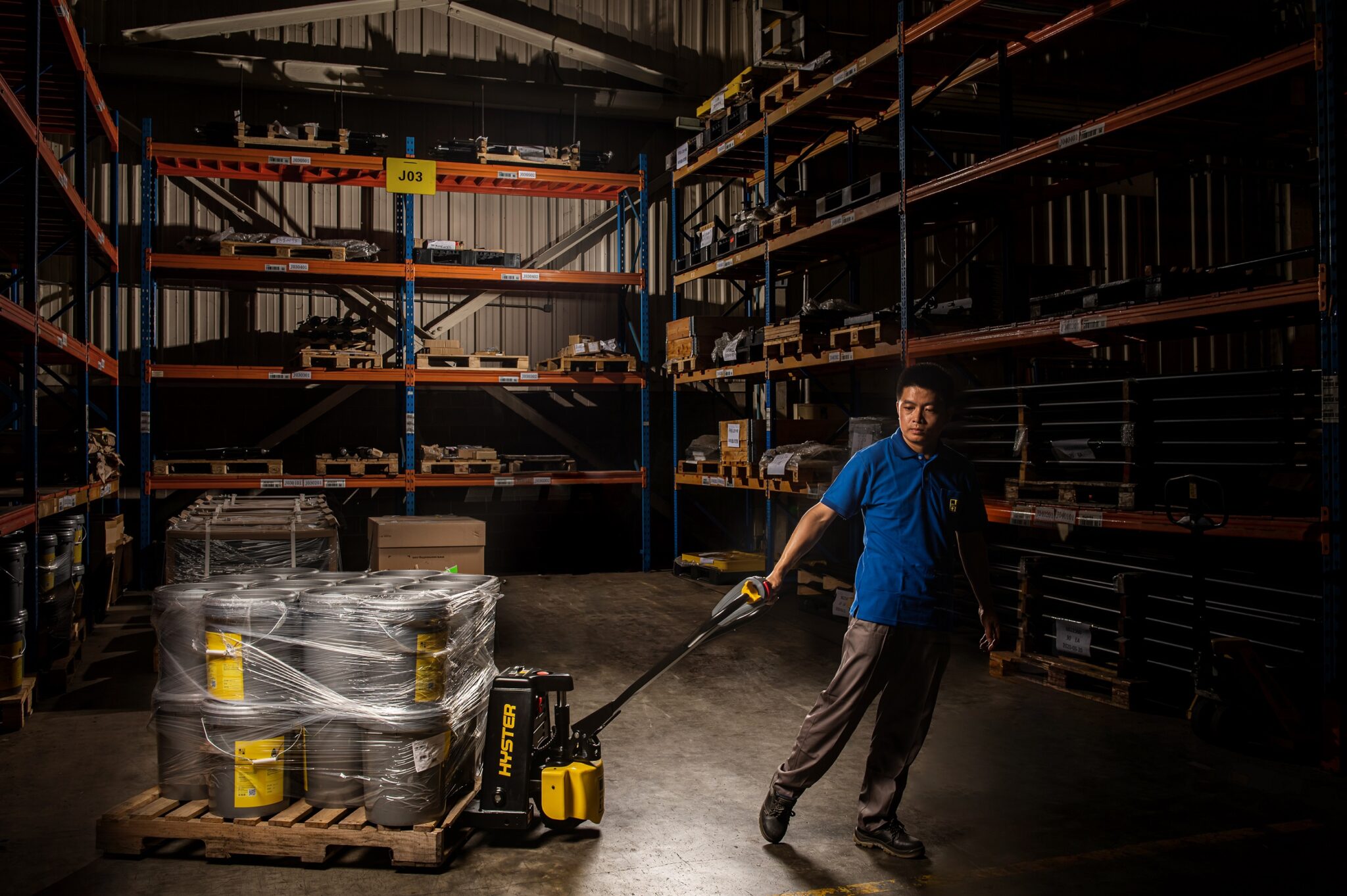Data is the key driver of the logistics industry. Organisations require information about the time they need to process an order, get the shipment ready, arrange for transport, put the item on a transport vehicle and make a timely delivery. Without data, companies may not know how to address inefficiencies or protect themselves from disruptions in transportation routes. Fortunately, data tools for logistics are abundant. Businesses can integrate technology into existing systems to optimise routes, find problems in order processing and cut costs. By implementing these technologies, logistics professionals can guide effective decision-making that improves efficiency and accuracy.
Gain Insights About Transportation Patterns
Logistics professionals have to remain current on the latest transportation patterns, which they can achieve with data. Descriptive analytics uses past data to identify changes in preferences over time. Predictive analytics can take this data to highlight changes to transportation patterns and potential disruptions to movement. With this information, logistics companies can be certain they have the most accurate information for forecasting and order management.
Optimise Routes
The choice of shipping route affects costs, delivery time and overall efficiency, highlighting opportunities for technology to optimise the route. Companies select shipping routes based on a variety of factors, including traffic, cost of fuel and the potential for lengthy delays. Optimising the route helps to reduce costs and time spent making a delivery, particularly in the last few kilometres of a journey. Prescriptive analytics can provide detailed information based on historical and current trends, automatically highlighting routes that improve performance.
Improve Efficiency
Data can provide the tools to increase efficiency at all points in the process, from forecasting demand and increasing the robustness of the supply chain to improving the order process. Companies need to know how demand is changing for a particular product, so they can maintain an ideal inventory to handle it. Predictive analytics can also highlight weaknesses in the supply chain, so that businesses can identify alternatives. AI can automate various aspects of the order management process, to minimise bottlenecks and complete order processing more accurately.
Reduce Excess Costs
Cognitive analytics, as part of a comprehensive package of data analysis, can reduce excess costs at every stage. Companies spend more to have a human perform tasks that AI can do autonomously. Implementing an AI system allows a business to verify inventory and process an order quickly, highlighting any problems for prompt review. The system can also use past data
to identify existing problems with various processes, so that professionals can address them. These improvements increase the accuracy of each order, decreasing the financial impact of returns or lost clients.
Increase Customer Satisfaction
Ultimately, the incorporation of data into a transport management system leads to better outcomes in customer satisfaction. Customers expect orders to be processed efficiently, calling for an accurate and sensitive inventory management system. They also want deliveries to occur quickly and accurately, with tracking that provides relevant information and does not compromise their personal security. Integrating analytics into all systems can ensure that customers get everything they need during each step of the process.
Data integration is transforming the efficiency and accuracy of many worldwide industries, transportation and logistics in particular. With technology’s ability to handle massive amounts of data in record time, the benefits are obvious. Recording and processing data provides crucial information for businesses to improve their processes to meet the needs of the future. Using data analytics to analyse past problems, evaluate the potential for solutions and create a plan to weather future changes can save companies significant time, money and effort.
Read Similar…
Research Highlights Untapped Potential of AI to Boost Fleet Safety









